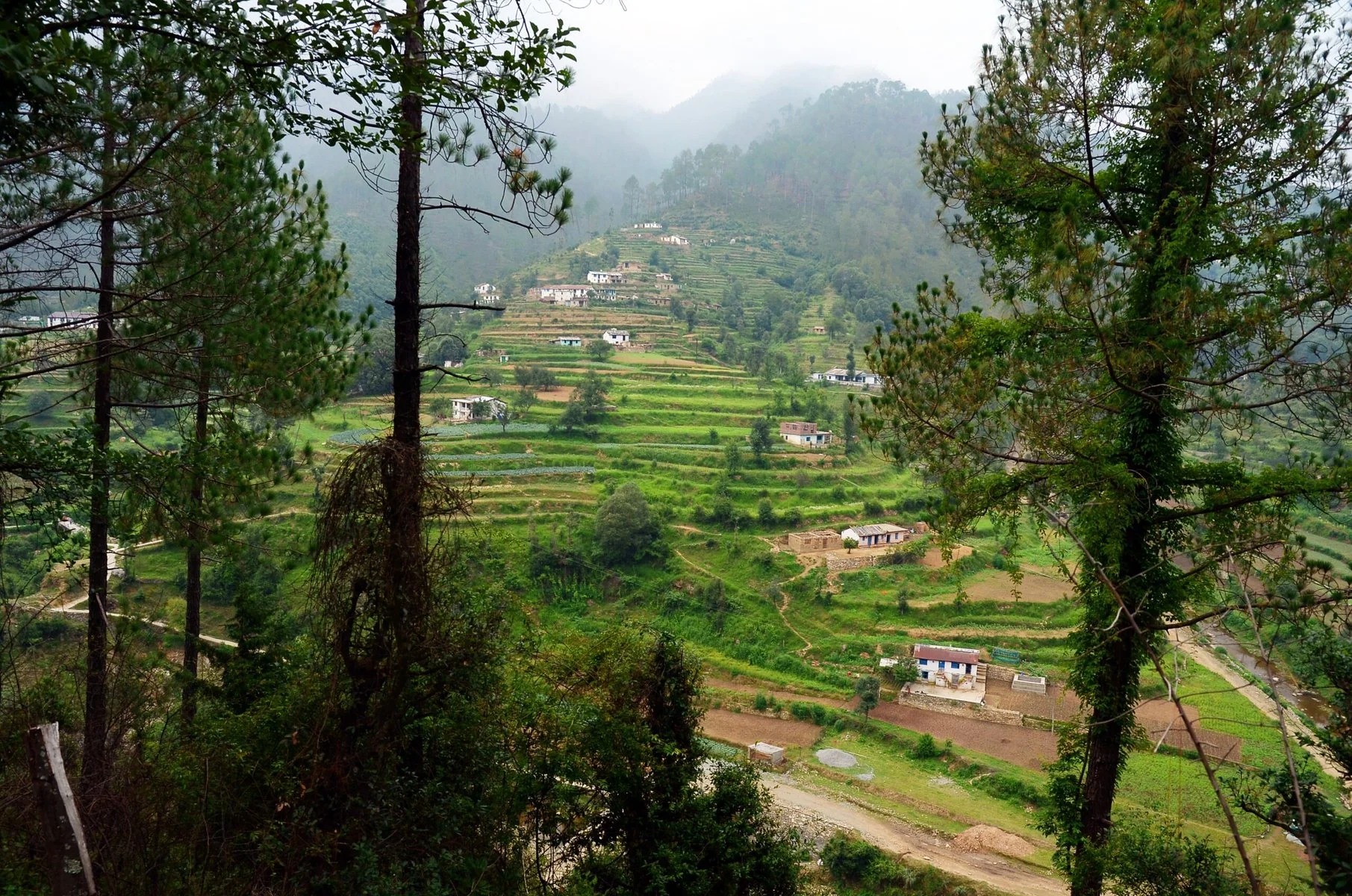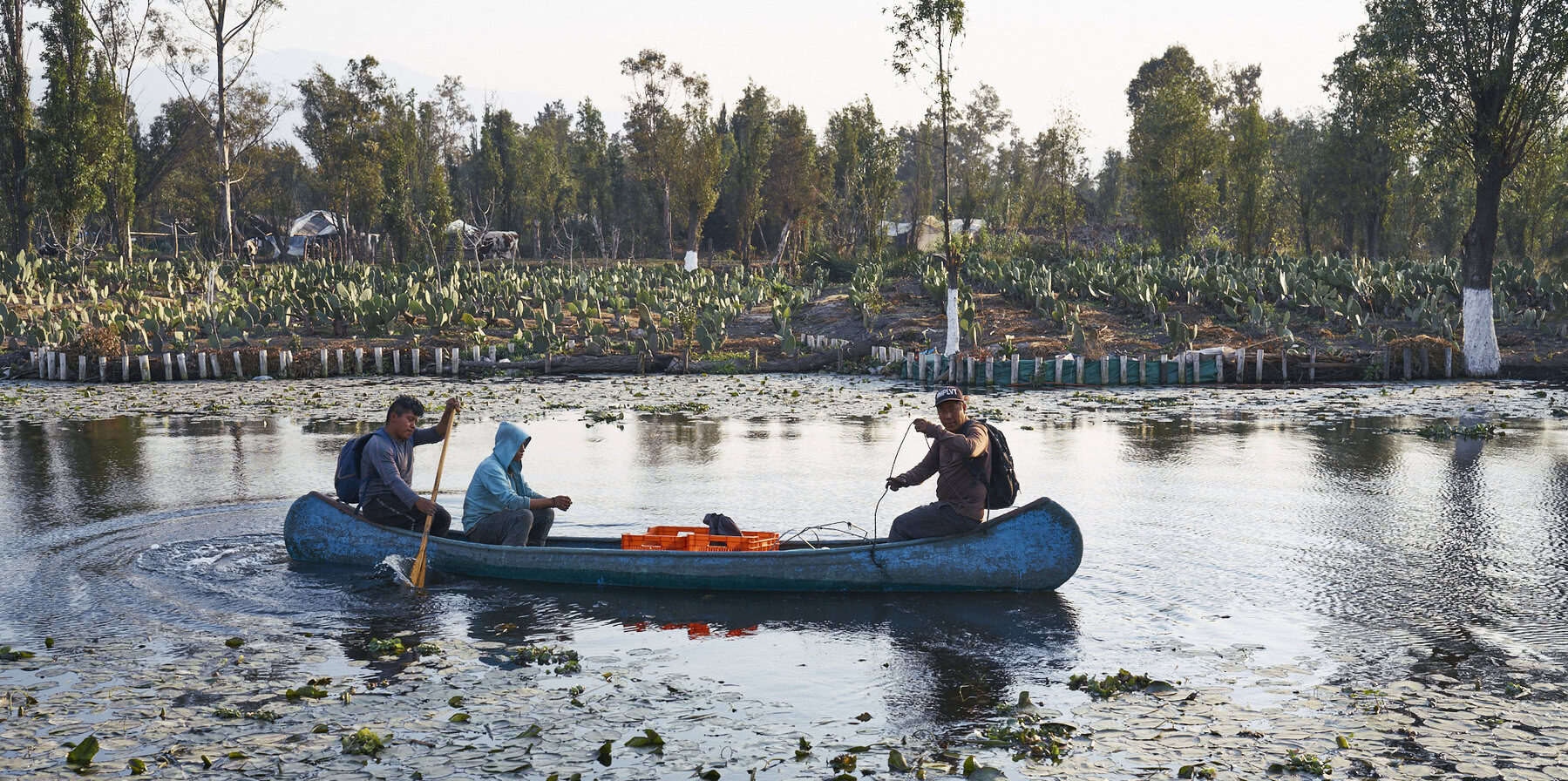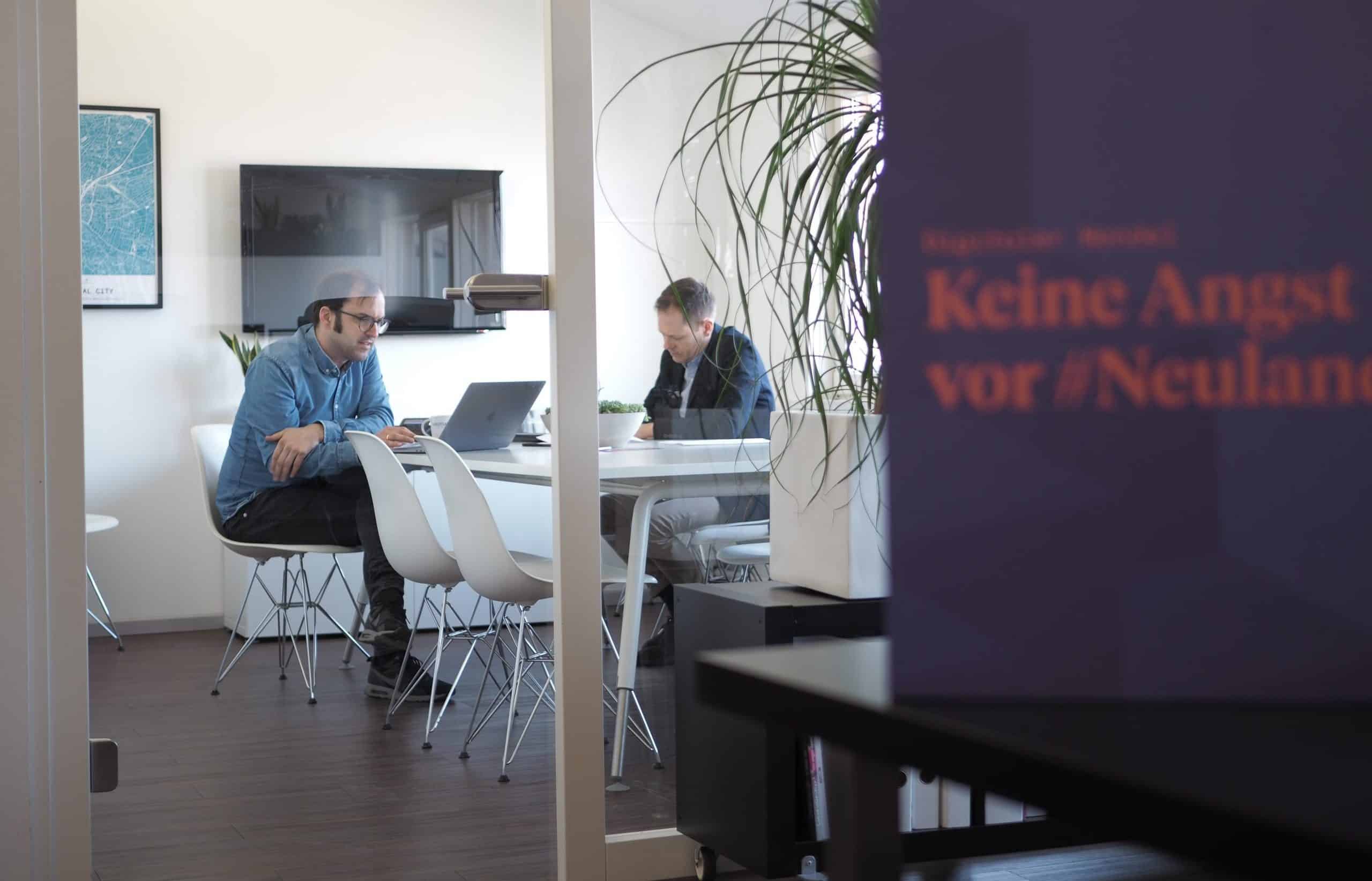Welcome back to The Fixer, our weekly briefing of solutions reported elsewhere. This week: Scandinavia’s welfare model becomes a tool for coronavirus resilience. Plus, a bullet train in France is being used to move patients to regions less affected by the pandemic, and a Minnesota university graduates more Native American students.
Job security 2.0
With global commerce sputtering, countries across Europe are implementing the so-called “Nordic economic model” now to speed recovery later. So named for the generosity of Scandinavian welfare systems, the model is being supersized in countries that already have it — and adopted by some that don’t.
In Denmark, political parties from the left and the right worked with unions and employers to put together a plan under which the government will pay 75 to 90 percent of worker salaries. The Netherlands is covering 90 percent of payrolls for companies that have lost more than 20 percent of their revenue. And Britain is replacing 80 percent of workers’ wages, even for the self-employed.
The calculus is simple: by taking over wage payments from struggling companies, these governments are preventing those companies from being forced to lay off workers. It seems to work — after the last financial crisis, Sweden’s growth had bounced back to 5.5 percent by 2010 (the U.S.’s was 2.8 percent). “If you can tide firms over and thereby reduce the severity of bankruptcies and firings, you can expedite the return to normal,” said the chairman of the Danish Economic Council.
Read more at the New York Times
Médecins sans frontières
In medical emergencies time is of the essence, so France has converted a high-speed train into a 200-mile-per-hour hospital to race patients to less-overwhelmed regions of the country.
Since Thursday, the five-car train, equipped with ventilators and medical staff, has been transporting patients from the hard-hit Grand Est region to the Loire region, where more hospital beds are available. Grand Est has the highest number of coronavirus cases in the country, even more than Paris, but without the density of medical facilities, making it necessary to move large numbers of patients elsewhere.
The triage on rails is a more localized version of a cooperative effort taking place throughout Europe — hospitals in Germany, Switzerland and Luxembourg have also opened up their medical systems to French coronavirus patients.
Teachable moment
And in non-coronavirus news, the Twin Cities campus of the University of Minnesota has more than doubled the graduation rate of Native American students.
It’s the result of an effort to attract more Indigenous students. The school offers an Ojibwe-language program and has a Circle of Indigenous Nations office on campus “where students can get tutoring, meet Native mentors through an elders-in-residence program and participate in on-campus ceremonies and events with other Native students from across the country,” according to the Hechinger Report.
The results have been impressive. Between 2008 and 2018, the university’s six-year graduation rate for Indigenous students rose from 27 percent to 69 percent. This is far higher than the typical six-year graduation rate of 39 percent for Indigenous students nationwide, and even higher than the graduation rate for all students at public universities (47 percent). “There’s such a huge base of… support for people like me that want to work on this kind of stuff,” one student says. “Back home on the reservation, you would expect that, and there is support for it, but I feel like, leaps and bounds, this is ahead of that.”










